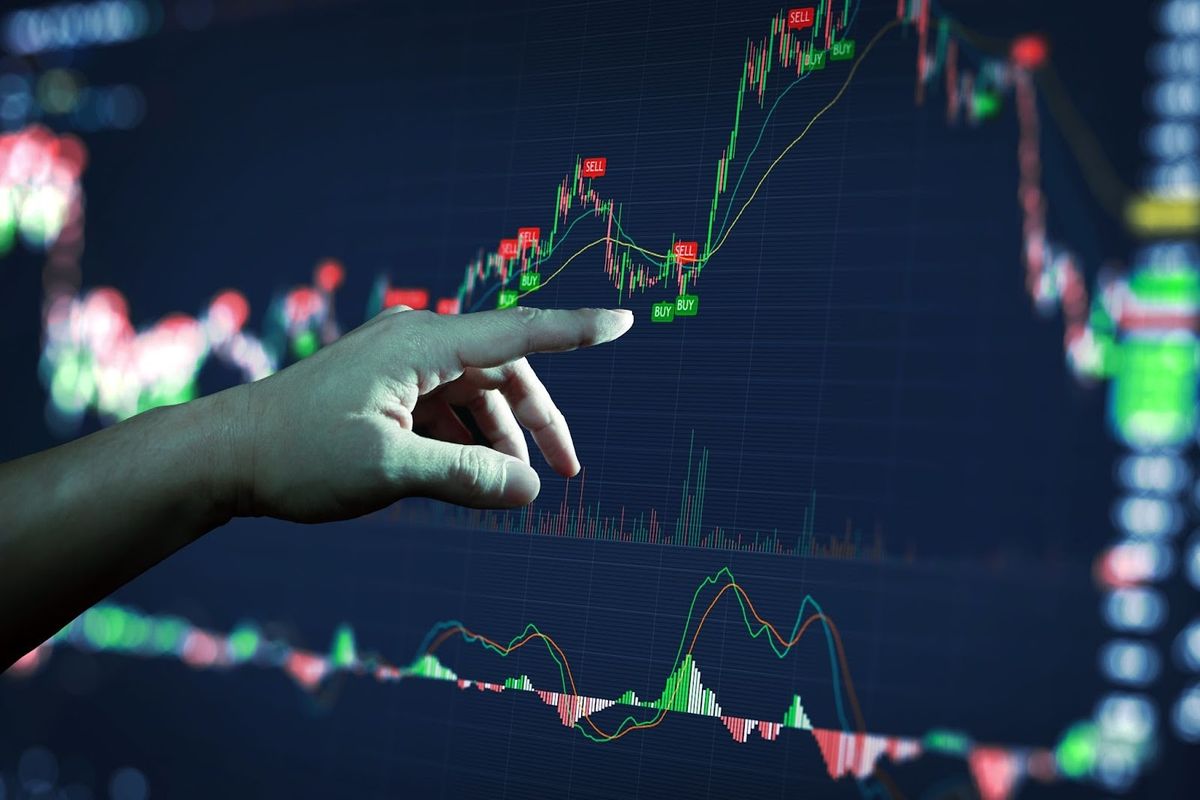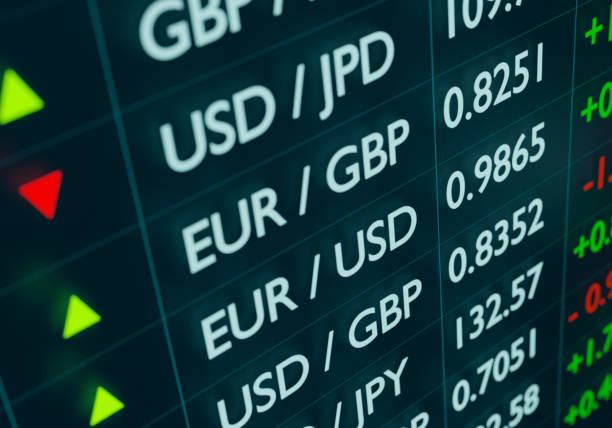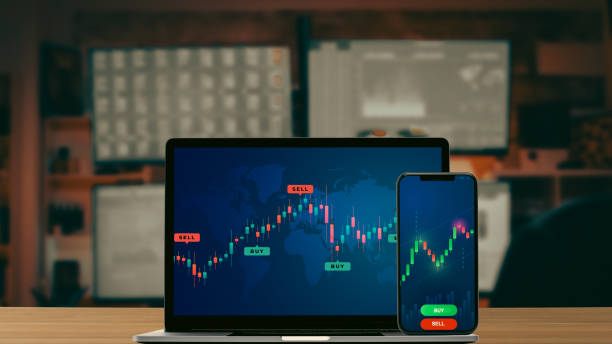Navigating the world of forex can feel like deciphering hieroglyphics. You’re not alone, it’s a complex universe! From the mighty USD to less prominent currencies, the interplay can be mind-boggling.
This article will help you decode major and minor currency pairs, particularly in the UAE context. You’ll gain a new appreciation of the market’s dynamics and learn tips for trading effectively.
So, buckle up, and let’s unravel the mysteries of forex trading together.
Understanding Major Currency Pairs
In your journey to understand major currency pairs, you’ll find these are the world’s most heavily traded currencies. They’re always tied to the US dollar and include pairs like EUR/USD, GBP/USD, USD/JPY, USD/CHF, AUD/USD, and USD/CAD. These pairs are key players in the forex market’s dance, and they’re influenced by global economic shifts.
You’ll notice that the US Dollar features prominently, acting as the benchmark in the forex market. It’s the world’s primary reserve currency, so it’s always in demand. On the other hand, the Euro is the second most traded currency, and the EUR/USD pair is the most traded globally. This pair’s value indicates how many US dollars are needed to purchase one Euro.
GBP/USD, also known as Cable, is another significant pair. It’s highly volatile due to the economic factors affecting both the UK and the US. The USD/JPY is another major pair, where its value signifies the number of Japanese Yen required to buy a US dollar.
These pairs, among others, offer you an insight into the world of forex trading, a world that’s driven by economic factors and geopolitical events.
Related: What is a Islamic Account in Forex Trading?
Diving Into Minor Currency Pairs
Now that you’ve got a grasp on major currency pairs, let’s dive into the less dominant but equally intriguing world of minor currency pairs. These currency pairs don’t involve the US dollar. Examples include EUR/GBP, EUR/AUD, or GBP/JPY. Though they mightn’t have the high trading volume of their major counterparts, they still offer significant opportunities for savvy traders.
In the UAE, minor currency pairs can be important, especially for those doing business with Europe, Australia, or Japan. However, you’ll need to take into account more factors when trading minor pairs. They’re often more volatile and can be affected by a wider range of economic and political events.
Additionally, the spreads – the difference between the buying and selling price – can be larger. This means that the cost of trading can be higher. But remember, with higher risk often comes higher reward. If you understand the dynamics of these markets and are prepared to take on the extra risk, trading minor currency pairs could be a profitable venture.
Role of USD in Forex Market
While you might be intrigued by the dynamics of minor currency pairs, it’s crucial to understand that the US dollar still plays a pivotal role in the Forex market. As the world’s primary reserve currency, the USD serves as a standard against which other currencies are evaluated. Its stability and strength underpin global transactions, making it a vital cog in the wheel of international trade.
You’ll notice that major currency pairs, comprising the USD and another significant currency, dominate the Forex market. They’re traded most frequently, and their exchange rates are often used as benchmarks. This is because the USD’s liquidity and widespread acceptance make it a preferred choice for investors, traders, and central banks alike.
Moreover, in the Forex market, the USD acts as a ‘vehicle currency.’ In other words, it’s used to facilitate trades between two other currencies, enhancing market fluidity and efficiency.
Having a grasp on the USD’s role can help you make informed trading decisions, particularly when dealing with major currency pairs. But how does this global dominance of the USD affect the UAE’s foreign exchange market? Let’s delve into the subsequent section to unravel this.
Impact on UAE’s Foreign Exchange
Despite the global dominance of the USD, you’ll notice that, within the UAE’s foreign exchange market, there are unique factors that shape its trends and dynamics.
The UAE dirham (AED) is pegged to the USD, which significantly influences the Emirati currency’s value and volatility.
To understand the impact on the UAE’s foreign exchange, consider these key factors:
- The UAE’s robust economy and stable political climate make the AED a relatively steady currency, attracting investors interested in indices trading in the UAE.
- The country’s massive oil reserves, traded primarily in USD, directly influence the AED’s value.
- International trade agreements and partnerships also affect currency exchange rates.
- The Central Bank of the UAE’s policies and interventions play a crucial role in maintaining the AED’s stability.
Each of these elements contributes to the overall health and stability of the UAE’s foreign exchange market.
Thus, while the USD remains a significant player globally, the UAE’s unique circumstances create a distinct foreign exchange environment. Analyzing these factors provides insight into the UAE’s forex landscape, helping you make informed decisions about currency trading and investment.
Related: Comparing Cryptocurrency and Forex Trading: Pros and Cons
Tips for Trading in UAE
As a trader in the UAE, you’ll find several unique opportunities and challenges, so here are a few crucial tips to enhance your trading experience.
First, understand the market landscape. The UAE’s diverse economy, influenced by oil, tourism, and finance sectors, creates a dynamic trading environment. It’s crucial to stay updated with global and regional economic trends, and how they affect the Dirham’s value.
Second, leverage technology. Using advanced trading platforms can provide real-time market data, analytics, and automated trading features. You’ll benefit from market insights that help fine-tune your strategies.
Third, manage your risk. Diversify your portfolio across major and minor currency pairs to reduce potential losses. Remember, high returns often come with high risk.
Lastly, maintain regulatory compliance. The UAE’s financial regulators, like the Securities and Commodities Authority (SCA) and the Dubai Financial Services Authority (DFSA), have stringent rules. You’ll avoid penalties and protect your investments by adhering to these regulations.
Conclusion
In a nutshell, mastering forex trading, both major and minor currency pairs, is no walk in the park. Especially in the UAE’s vibrant market, where the USD plays a pivotal role.
However, with a thorough understanding and strategic maneuvers, you can ride this financial roller coaster with confidence. Remember, information is your compass, and analysis is your roadmap.
So, gear up for an adventurous journey in the world of forex. After all, in trading, fortune favors the prepared.










